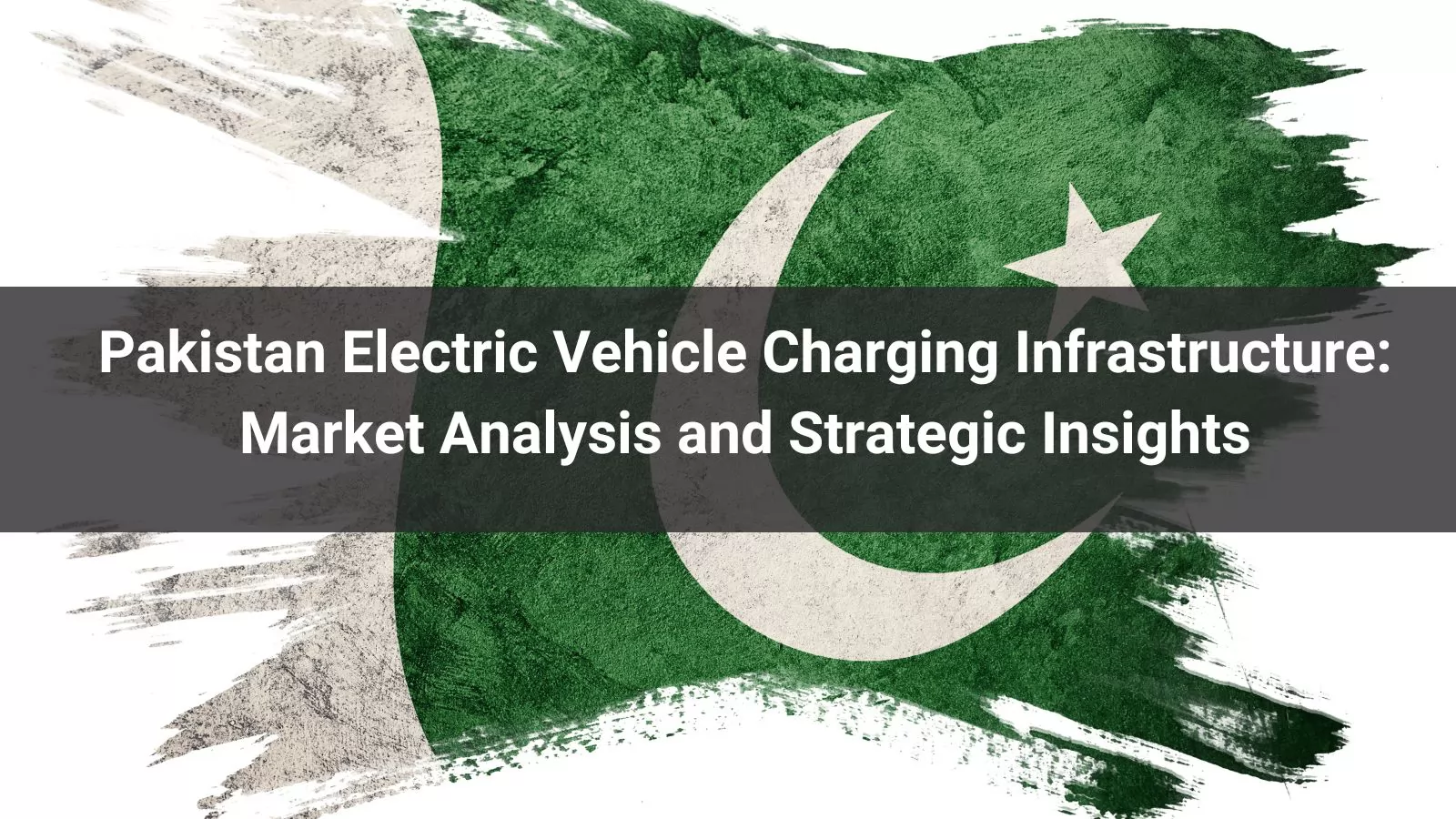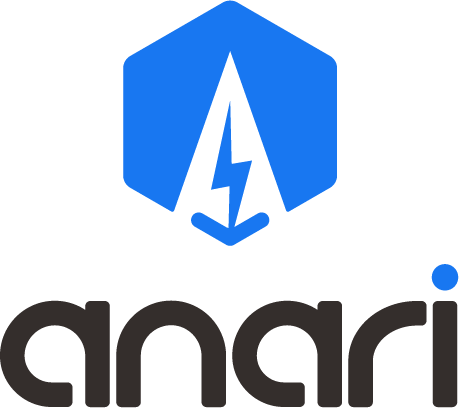
Pakistan’s transition to electric vehicles (EVs) represents a pivotal opportunity for sustainable development, driven by national policies aimed at reducing fossil fuel dependency and combating air pollution. The National Electric Vehicle Policy (NEVP) sets ambitious targets for electrifying 30% of passenger vehicles and heavy-duty trucks by 2030 and 90% by 2040. However, the nascent electric vehicle charging pile market faces significant challenges, including underdeveloped infrastructure, grid capacity constraints, and regulatory complexities. Despite these hurdles, opportunities abound for companies like Anari Energy to capitalize on supportive government incentives, growing urban demand, and the potential for renewable energy integration. This report provides a comprehensive analysis of Pakistan’s EV charging infrastructure market, offering strategic insights for stakeholders to navigate opportunities and challenges effectively.
Pakistan’s transportation sector, heavily reliant on imported fossil fuels, contributes significantly to the country’s air pollution and economic vulnerabilities, with annual oil imports costing approximately USD 13 billion. The government’s push for EV adoption, as outlined in the NEVP (2020-2025), aims to address these issues by fostering a robust EV ecosystem. Central to this transition is the development of a reliable and scalable charging infrastructure. This report examines Pakistan’s charging pile market through the lens of national policies, current market dynamics, opportunities, and challenges, providing actionable insights for Anari Energy to enhance its market presence and drive inquiries.
Introduced in 2020, the NEVP is the cornerstone of Pakistan’s EV strategy, targeting 30% electrification of passenger vehicles and heavy-duty trucks by 2030 and 90% by 2040. Key policy measures include:
Tax Incentives: A reduced General Sales Tax (GST) of 1% on EVs compared to 17% for internal combustion engine vehicles, alongside a 1% import duty on charging equipment to encourage infrastructure development.
Electricity Tariff Reductions: Lowered electricity rates for charging station operators to stimulate private investment.
Foreign Direct Investment (FDI) Incentives: Preferential treatment for foreign investors in the EV and charging infrastructure sectors, except for entities from India and Israel.
These measures align with global trends, where government incentives have driven EV adoption in markets like China and India. However, the NEVP’s implementation faces challenges due to inconsistent enforcement across provinces, a legacy of the 18th amendment to Pakistan’s constitution, which devolved significant regulatory authority to provincial governments.
Alternative and Renewable Energy Policy (2019): Encourages integration of renewable energy sources, such as solar and wind, into EV charging infrastructure, aligning with global sustainability goals.
Competition Commission of Pakistan (CCP): Ensures market-based competition but struggles with opaque regulations and legal delays, which can deter investors.
Provincial Regulations: Post-2010, provincial governments have gained authority over sectors like energy and transportation, leading to fragmented regulatory frameworks. For instance, Punjab and Sindh have introduced localized EV support policies, but coordination with federal initiatives remains inconsistent.
While the NEVP provides a strong foundation, it lacks detailed guidelines for charging infrastructure standards, such as interoperability and ultra-fast charging protocols. Unlike Europe’s Alternative Fuels Infrastructure Regulation (AFIR) or China’s ChaoJi standards, Pakistan has yet to adopt unified technical specifications, which could hinder scalability and interoperability.
The EV charging pile market in Pakistan is in its infancy, with fewer than 100 public charging stations operational as of 2025, primarily concentrated in urban centers like Karachi, Lahore, and Islamabad. The global EV charging market, valued at USD 1.24 billion in 2025 and projected to reach USD 28.84 billion by 2033 at a CAGR of 41.83%, underscores the potential for growth in emerging markets like Pakistan. However, Pakistan’s market lags due to limited EV penetration (less than 1% of vehicle sales in 2025) and underdeveloped infrastructure.
The market features a mix of domestic and international players:
Domestic Manufacturers: The Pakistan Electric Vehicles Manufacturing Association (PEVMA) represents five local manufacturers collaborating with international firms to produce EVs and related infrastructure.
International Interest: Companies like Anari Energy can leverage Pakistan’s FDI incentives, though competition from Chinese firms benefiting from the China-Pakistan Economic Corridor (CPEC) is notable.
Public-Private Partnerships (PPPs): Emerging PPP models, inspired by China’s Anqing project, are being explored to address funding gaps, but progress is slow due to bureaucratic inefficiencies.
Most charging stations are AC slow chargers (up to 22 kW), suitable for overnight charging but inadequate for addressing range anxiety or supporting heavy-duty EVs. Fast chargers (>50 kW) are scarce, and ultra-fast chargers (>350 kW) are virtually non-existent. Urban areas dominate deployment, leaving rural regions underserved, a critical gap given Pakistan’s diverse geography.
The NEVP’s tax breaks and low import duties on charging equipment create a favorable environment for foreign companies like Anari Energy. The government’s openness to FDI, except from specific countries, positions Pakistan as an attractive destination for investment in charging infrastructure.
Pakistan’s urban population, projected to reach 50% by 2030, drives demand for EVs and charging stations in cities like Karachi and Lahore. The growing middle class and increasing environmental awareness further bolster market potential.
Pakistan’s abundant solar and wind resources, supported by the Alternative and Renewable Energy Policy, offer opportunities to develop sustainable charging networks. Solar-powered charging stations could reduce operational costs and enhance energy resilience, particularly in off-grid areas.
The EV ecosystem, including charging infrastructure, is expected to create significant economic opportunities. Drawing parallels with India’s projections of 10 million direct jobs by 2030, Pakistan could see similar benefits through localized manufacturing and maintenance of charging piles.
Pakistan’s power grid faces chronic issues, including frequent outages and limited capacity. Integrating fast chargers could exacerbate grid congestion, requiring substantial upgrades to distribution and transmission networks. The high cost of such upgrades, estimated at billions of PKR, poses a significant barrier.
The devolution of authority to provinces has led to inconsistent policies, complicating infrastructure deployment. For example, land acquisition for charging stations varies by province, with no centralized system to record property rights, increasing legal risks for investors.
High capital costs for installing fast and ultra-fast chargers, coupled with low EV adoption rates, deter private investment. Unlike China, where government subsidies bridge funding gaps, Pakistan’s fiscal constraints limit public funding for charging infrastructure.
Limited consumer awareness and concerns about range anxiety hinder EV adoption, indirectly affecting charging infrastructure demand. Public education campaigns, as seen in successful markets like India’s FAME scheme, are underdeveloped in Pakistan.
Pakistan’s EV charging pile market is at a critical juncture, with supportive policies and growing urban demand creating significant opportunities for companies like Anari Energy. However, challenges such as grid limitations, regulatory fragmentation, and low public awareness require strategic navigation. By leveraging government incentives, focusing on urban deployment, integrating renewable energy, and advocating for standardization, Anari Energy can establish a strong foothold in Pakistan’s emerging EV ecosystem. These efforts will not only drive inquiries but also position the company as a key player in Pakistan’s sustainable transportation future.
International Council on Clean Transportation (2020). Pakistan’s National Electric Vehicle Policy: Charging towards the future.
ScienceDirect (2025). Electrification of Transportation: Policy Framework, Technical Aspects and Challenges in Pakistan - A Case Study.
United States Department of State (2025). Pakistan - Investment Climate.
International Energy Agency (2025). Global EV Policy Explorer – Data Tools.
SDPI (2025). Mapping the EV Ecosystem of Pakistan: From Policy to Market Adoption.




